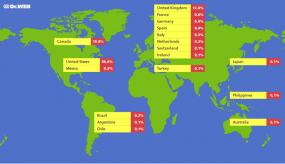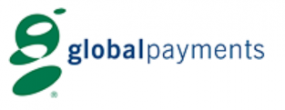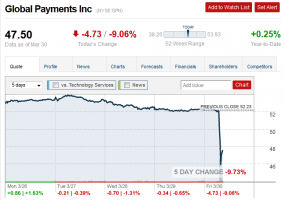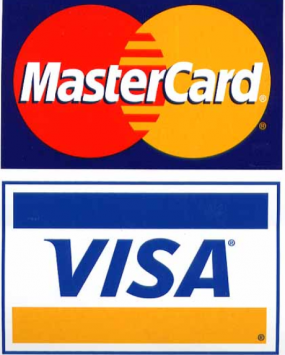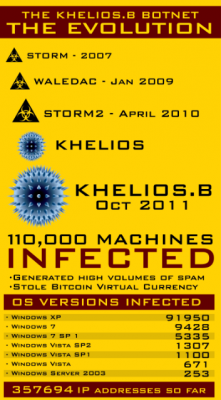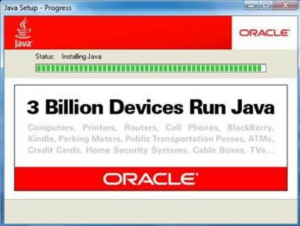A series of hacks perpetrated against so-called “smart meter” installations over the past several years may have cost a single U.S. electric utility hundreds of millions of dollars annually, the FBI said in a cyber intelligence bulletin obtained by KrebsOnSecurity. The law enforcement agency said this is the first known report of criminals compromising the hi-tech meters, and that it expects this type of fraud to spread across the country as more utilities deploy smart grid technology.
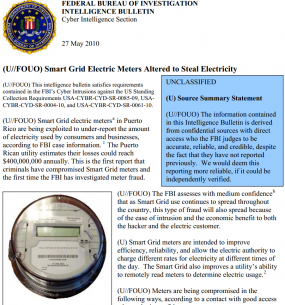
Part of an FBI alert about smart meter hacks.
Smart meters are intended to improve efficiency, reliability, and allow the electric utility to charge different rates for electricity at different times of day. Smart grid technology also holds the promise of improving a utility’s ability to remotely read meters to determine electric usage.
But it appears that some of these meters are smarter than others in their ability to deter hackers and block unauthorized modifications. The FBI warns that insiders and individuals with only a moderate level of computer knowledge are likely able to compromise meters with low-cost tools and software readily available on the Internet.
Sometime in 2009, an electric utility in Puerto Rico asked the FBI to help it investigate widespread incidents of power thefts that it believed was related to its smart meter deployment. In May 2010, the bureau distributed an intelligence alert about its findings to select industry personnel and law enforcement officials.
Citing confidential sources, the FBI said it believes former employees of the meter manufacturer and employees of the utility were altering the meters in exchange for cash and training others to do so. “These individuals are charging $300 to $1,000 to reprogram residential meters, and about $3,000 to reprogram commercial meters,” the alert states.
The FBI believes that miscreants hacked into the smart meters using an optical converter device — such as an infrared light — connected to a laptop that allows the smart meter to communicate with the computer. After making that connection, the thieves changed the settings for recording power consumption using software that can be downloaded from the Internet.
“The optical converter used in this scheme can be obtained on the Internet for about $400,” the alert reads. “The optical port on each meter is intended to allow technicians to diagnose problems in the field. This method does not require removal, alteration, or disassembly of the meter, and leaves the meter physically intact.”
The bureau also said another method of attacking the meters involves placing a strong magnet on the devices, which causes it to stop measuring usage, while still providing electricity to the customer.
“This method is being used by some customers to disable the meter at night when air-conditioning units are operational. The magnets are removed during working hours when the customer is not home, and the meter might be inspected by a technician from the power company.”
“Each method causes the smart meter to report less than the actual amount of electricity used. The altered meter typically reduces a customer’s bill by 50 percent to 75 percent. Because the meter continues to report electricity usage, it appears be operating normally. Since the meter is read remotely, detection of the fraud is very difficult. A spot check of meters conducted by the utility found that approximately 10 percent of meters had been altered.”
“The FBI assesses with medium confidence that as Smart Grid use continues to spread throughout the country, this type of fraud will also spread because of the ease of intrusion and the economic benefit to both the hacker and the electric customer,” the agency said in its bulletin.
The feds estimate that the Puerto Rican utility’s losses from the smart meter fraud could reach $400 million annually. The FBI didn’t say which meter technology or utility was affected, but the only power company in Puerto Rico with anywhere near that volume of business is the publicly-owned Puerto Rican Electric Power Authority (PREPA). The company did not respond to requests for comment on this story.
Continue reading →
![]() Seven of the 11 bugs Microsoft fixed with today’s release earned its most serious “critical” rating, which Microsoft assigns to flaws that it believes attackers or malware could leverage to break into systems without any help from users. In its security bulletin summary for April 2012, Microsoft says it expects miscreants to quickly develop reliable exploits capable of leveraging at least four of the vulnerabilities. Continue reading
Seven of the 11 bugs Microsoft fixed with today’s release earned its most serious “critical” rating, which Microsoft assigns to flaws that it believes attackers or malware could leverage to break into systems without any help from users. In its security bulletin summary for April 2012, Microsoft says it expects miscreants to quickly develop reliable exploits capable of leveraging at least four of the vulnerabilities. Continue reading 




